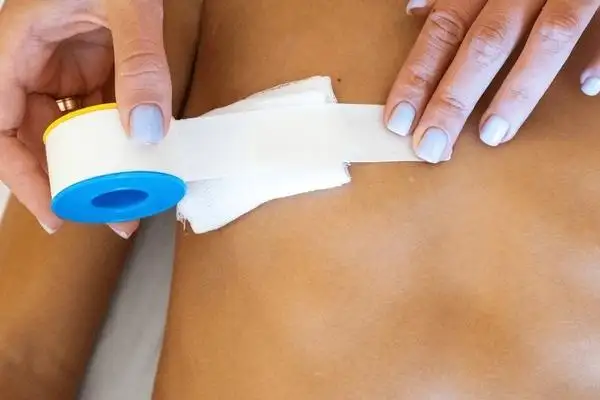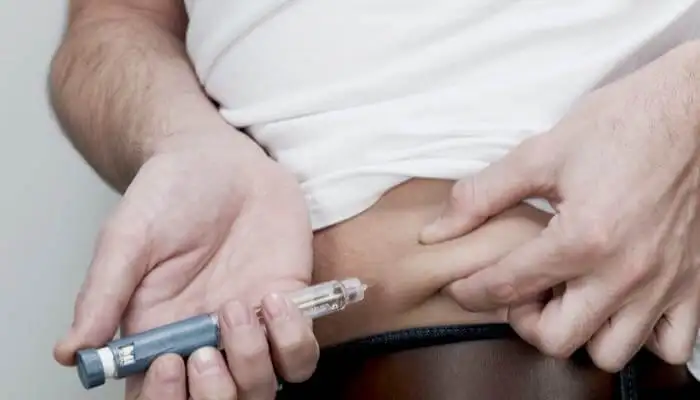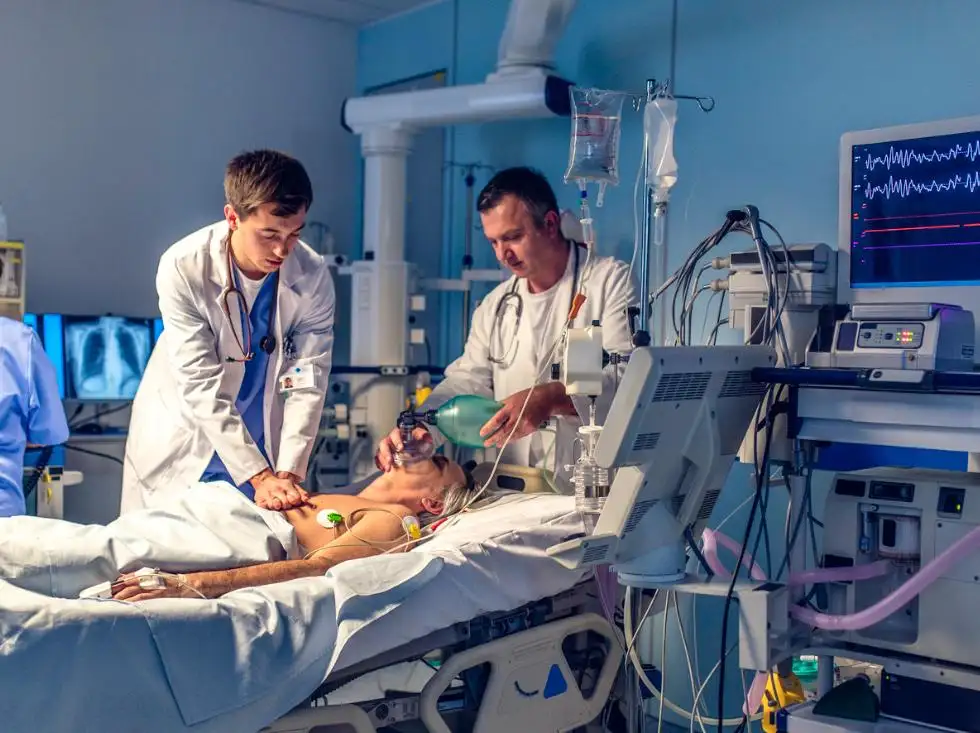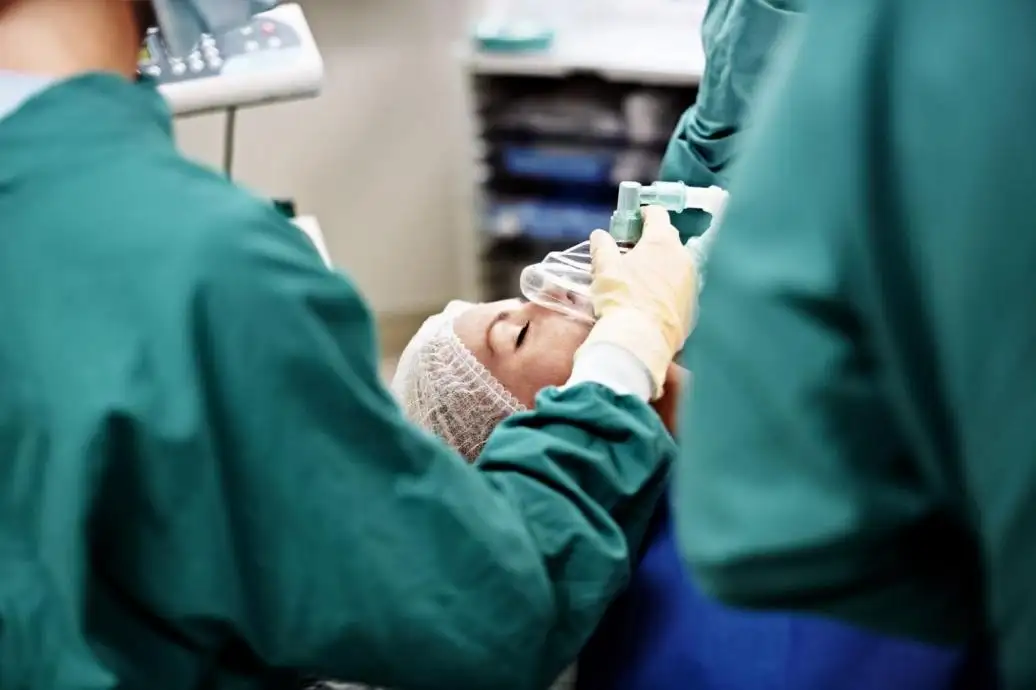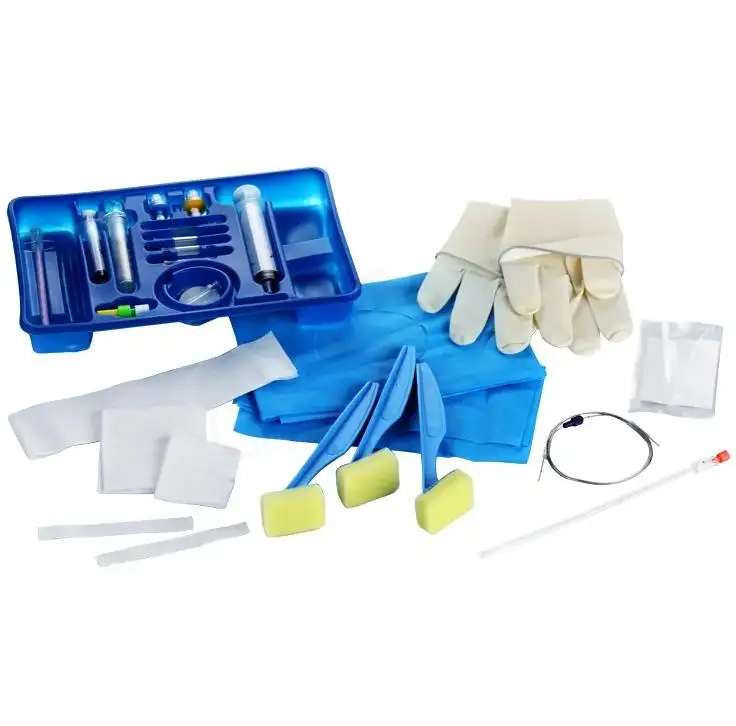How Hydrocolloid Dressings Help Chronic Ulcers Heal Faster?
Hydrocolloid dressings are becoming a quiet game changer in chronic ulcer care. Patients report less pain, while nurses observe cleaner wound beds and fewer challenging dressing changes.Yet many clinics still rely on traditional dry gauze and outdated routines. So what exactly is different about the Hydrocolloid dressings? How do they help stubborn ulcers that refuse to close for weeks or even months? In this article, we'll walk through the simple science, real clinical benefits, and practical tips that many teams are still missing.

Why Chronic Ulcers Need Modern Hydrocolloid Dressings
A chronic ulcer is not just a "slow cut." Pressure ulcers, venous leg ulcers, and diabetic foot ulcers often remain open for weeks or even months. The surface may appear dry or covered with a hard scab, while deeper tissue layers continue to ooze fluid. However, applying traditional dry gauze to such a wound can quickly lead to two problems:
• The dressing sticks to the fragile surface and hurts when removed
• The wound either dries out too much or is left soaking in its own exudate
Both situations delay healing and increase the risk of infection. Hydrocolloid dressings approach the problem differently. They are designed to create a stable, moist environment where cells can move, divide and rebuild tissue. Instead of stripping moisture away until the wound cracks, they manage exudate while keeping the bed soft and responsive.
For patients, this often means fewer painful dressing changes and less fear before each visit. For healthcare staff, it means less time spent dealing with trauma caused by the dressing itself, and more time focusing on the overall care plan.
Inside The Healing Microclimate
At Greetmed, we focus on moisture-rich wound care solutions that support the body's own repair mechanisms. Our Hydrocolloid dressings and hydrogel products are based on hygroscopic macromolecule gelatin with a high water content. This material is more than just a "wet pad"—it actively supports the wound's innate cleaning and rebuilding processes.
When a Greetmed Hydrocolloid dressing is placed on a chronic ulcer, it begins to hydrate dry or scabbed tissue. As moisture penetrates the hard layer, dead cells soften and separate from the healthy tissue underneath. This process, called autolytic debridement, is driven by the patient's own enzymes rather than sharp instruments. It is gentle, controlled and much more comfortable than aggressive mechanical debridement.
At the same time, our dressings help:
• Wrap and isolate necrotic tissue and bacteria so they can be removed more easily
• Encourage healthy granulation tissue to form and fill the wound bed
• Support the migration of epithelial cells from the edges toward the center
• Reduce the chance of heavy scarring by allowing more orderly tissue growth
Because the material is soft, elastic and non-fragmenting, it stays in one piece even after absorbing exudate. This integrity is crucial for long-term ulcer care, as retained dressing fragments can delay healing and necessitate additional cleaning.
Transparent versions of our Hydrocolloid dressings provide another advantage: caregivers can observe the wound without changing the dressing too often. Fewer unnecessary changes mean less disturbance and a more stable microclimate for healing.
Gentle Debridement and Less Pain
One of the most common complaints we hear from nurses is simple: "My patient dreads dressing change day." When a dry dressing adheres to the wound, every removal pulls on new tissue. This increases pain, bleeding and anxiety. Over time, patients may even avoid follow-up visits.
Our moisture-rich dressings are designed to be non-adherent to the wound bed. They protect delicate new tissue while still absorbing exudate. When it is time to remove the dressing, it lifts away more easily, helping to:
• Lower pain during dressing changes
• Protect fragile granulation tissue
• Reduce the need for additional analgesics
The result is a smoother experience for both patient and clinician. Just as a well-engineered Highway Street Light Pole quietly improves night-time safety without drawing attention to itself, a high-quality Hydrocolloid dressing works in the background, supporting healing without becoming the main problem.

Working with Greetmed as Your Wound-Care Partner
Clinical performance is only one part of the story. Wound care teams also need reliable supply, consistent quality and flexible options that fit different wound shapes and care settings. As a manufacturer, Greetmed designs Hydrocolloid dressings with these real-world needs in mind.
Our portfolio includes:
- High-water-content hydrogel options that hydrate dry, chronic ulcers
- Breathable yet protective outer layers that help balance moisture while shielding from contamination
- Multiple sheet sizes, from small 5 x 5 cm dressings to larger formats for extensive ulcers
- Convenient gel tubes that can be applied directly into irregular or deeper wounds
These products are widely used for pressure ulcers, radiation injuries, decomposed wounds and other complex lesions. With CE, ISO13485 and FDA certifications, they are backed by rigorous quality control and traceability.
Just as infrastructure planners look for durability, safety standards and long service life when selecting a Highway Street Light Pole, wound-care managers look for proven performance and compliance when choosing Hydrocolloid dressings. Both decisions affect safety, cost and daily operations over the long term.
✅ Simple Routine, Real-World Results
A typical routine with Greetmed products is straightforward:
- Clean the wound according to your clinical guidelines.
- Select the appropriate sheet size or gel volume.
- Apply the dressing, ensuring good contact with the wound bed.
- Add a suitable secondary dressing if additional fixation or absorption is needed.
- Leave the dressing in place for the recommended wear time, unless leakage or clinical changes occur.
Many facilities report that, over time, this simple approach can translate into:
- Shorter healing times for chronic ulcers
- Fewer dressing changes and lower nursing workload
- Better patient comfort and higher adherence to treatment plans
For hospitals, outpatient clinics, long-term care centers, emergency teams and home-care providers, this combination of clinical benefit and workflow efficiency matters.
Ready To Upgrade Your Dressing Portfolio?
Greetmed not only supplies finished products; we also support OEM and private-label projects. If you are building your own brand of moist wound-care solutions, our Hydrocolloid dressings and hydrogels can be manufactured, packaged and labeled to match your market needs. You gain access to mature technology and certified production without the cost of developing your own factory.
Whether you manage a small clinic or a national distribution network, the questions remain the same: Are your current dressings helping chronic ulcers close as fast as they could? Are they comfortable enough for your patients? Are they reliable enough for your team?
If you are looking for Hydrocolloid dressings that combine gentle debridement, pain relief and solid clinical performance, Greetmed is ready to work with you.
Call to Action:
Reach out to Greetmed today to discuss Hydrocolloid dressing solutions, request evaluation samples, or explore OEM cooperation. Let's make chronic ulcer care quieter, safer and more effective - with dressings that work as reliably in the clinic as a Highway Street Light Pole does on a busy road at night.
Submit Your Request
Recent Posts
Tags
- Adult Diapers
- Are custom medical devices safe
- Baby Diapers
- Can respiratory anesthesia be used
- Digital Healthcare
- Do you offer customized consumables
- European Market
- How do you take care of a skin wound
- Industry Trends
- Lady Sanitary Napkins
- Medical Devices
- OEM Medical Devices
- Product Introductions
- Protective Equipment
- Under Pads
- What are custom-made medical devices
- What are diagnostic products
- What are hospital dressing products
- What are medical tube catheters
- What are some common protective equipment
- What are the appropriate applications for hospital dressing products
- What are the appropriate uses for protective equipment
- What is a gynecological examination
- What is a medical consumable
- What is an anesthesia kit
- What is an OEM in medical devices
- what is an wound skin care
- what is can disposable ultrasonic diagnostic
- What is good manufacturing medical devices
- What is hospital-grade protective equipment
- what is medical equipments hospital furniture
- What is medical sterilization wrapping
- What is rehabilitation equipment device
- What medical consumables do you supply
- Where can I find laboratory consumables wholesale
- where can I find medical protection device
- where to buy hypodermic accessories
- where to buy medical apparel
- where to buy medical consumable accessories
- where to find OEM medical device supplier
- where to find rehabilitation equipment supplier





